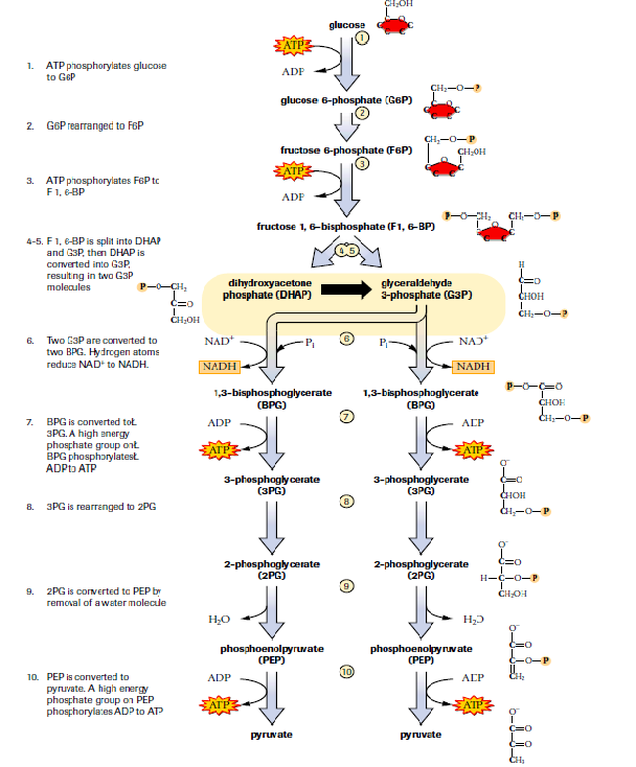Anaerobic bacteria utilise glycolysis:
Glucose + 2 P + 2 NAD+ => 2 ATP + 2 H + 2 NADH + 2 H2O + 2 Pyruvate
followed by fermentation:
Pyruvate + NADH => Lactate + NAD+
The resultant NAD+ formed can then be used again to break down more glucose molecules in glycolysis to produce ATP.
However, besides NAD+, glycolysis also requires an input of 2 ATP at the beginning (for the phosphorylation of glucose to glucose 6P, and fructose 6P to fructose 1,6 BP)
Since only 2 ATP is produced from glycolysis initially, would these 2 ATP be reused in another round of glycolysis?
If so, how do anaerobic bacteria produce a net amount of ATP for cell activities and growth?

